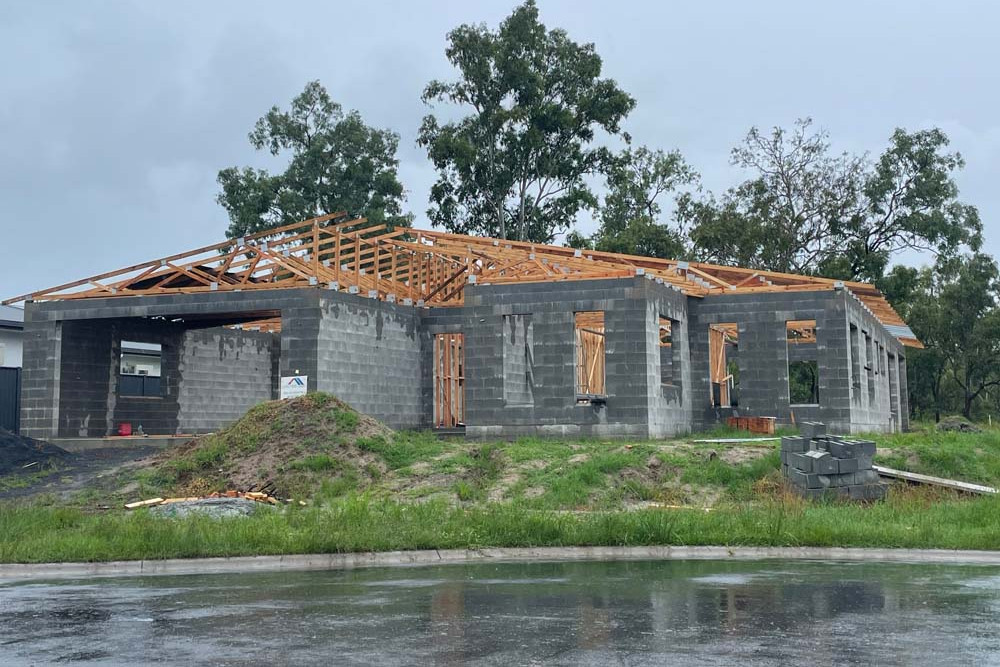General News
30 January, 2024
Action plan set to tackle Shire’s housing crisis
AN action plan aimed at tackling Mareeba’s extremely low rental rate, boosting its social housing numbers, and encouraging more diversity in housing options will now be presented to the State Government after it was endorsed by Mareeba Shire Council last week.

The Local Housing Action Plan was developed by the council on request by the State to understand what the current situation is and what can be done to improve housing availability in the shire.
At the same time, the State is working with council to identify land parcels that may be surplus to the State’s needs and could possibly be utilised for residential housing development.
“The Housing Plan is a State Government initiative in response to the significant housing challenges across Queensland and is an opportunity for council to encourage a whole of community response tailored to help address the housing crisis in the Mareeba Shire,” Mayor Angela Toppin said.
“The shire is currently experiencing the adverse effects of housing shortages and we firmly believe that through a dedicated and collaborative approach, we can make a substantial impact on the housing crisis in our region.
“And, I am delighted to report that council has received government funding for the construction of a new social housing duplex for seniors at nil cost to our ratepayers.”
With the rental vacancy rate at just 0.4% in October 2023, which dipped to 0.1% in May last year, Mayor Toppin acknowledges that the lack of rentals is having an effect on the ability of businesses to attract new staff to the region.
“It’s absolutely vital (to have rentals) – council has had the same problem securing staff and we’re seeing it across all sectors,” she said.
Accommodating farm workers, particularly through the Pacific Australia Labour Mobility (PALM) scheme, which enables producers to hire workers from Pacific Island countries and Timor-Leste when there are local worker shortages, is also having an effect.
Because the scheme requires employers to support a longer stay for workers, this has had a significant impact on local housing supply, as well as contributing to overcrowding.
“Farmers are putting in accommodation and, in some cases, this is causing angst to the neighbours because of things like the roads being impacted, but if we don’t approve those, then they may buy up property in town which would be dedicated to that, exacerbating the rental problem,” Mayor Toppin explained.
“So, we’re walking a tight rope on that one.”
Some of the actions outlined in the plan are:
♣ Advocate to State and Federal governments to consider incentives such as income tax and stamp duty deductions for new residential housing to encourage “Mum and Dad” investors as well as corporate investors.
♣ Advocate for the development of a Rural Worker Accommodation and Support Strategy perhaps through FNQROC.
♣ Propose FNQROC investigates feasibility of Tiny Homes as viable solution to the housing crisis.
♣ Prepare a Fact Sheet on Rural Worker Accommodation outlining factors for consideration in the development application, e.g. importance of site selection and considering impact on road network, neighbours etc.
♣ Amend a current Local Law to allow approval for a caravan or RV to be located in a dwelling allotment for up to six months in a 12-month period for occupation by friends or family with no payment made and set conditions applying.
♣ Consider recommending new residential subdivision developments include an integrated mix of lot sizes including smaller lots with a maximum area of 400sqm.
♣ Liaise with the Queensland Government regarding the outcome of the State’s recent land audit and investigate development opportunities.
SHIRE HOUSING SNAPSHOT
♣ Currently 9338 private dwellings in the shire
♣ 2192 private dwellings to be built by 2046
♣ Private dwellings make up 91% of housing
♣ Only 5% of residential housing is apartments
♣ 69% of population own their home
♣ 40% of those have no mortgage
♣ 25% of population rents
♣ Median household income is $1259 ($1675 is State average)
♣ 23% of households earn less than $500 a week
♣ 32% of rental households in “rent stress”
♣ 13% of households with mortgage in stress
♣ Wait list for social housing now 26 months (10 months in 2017)
♣ Population growing – forecast of 28,684 by 2046


